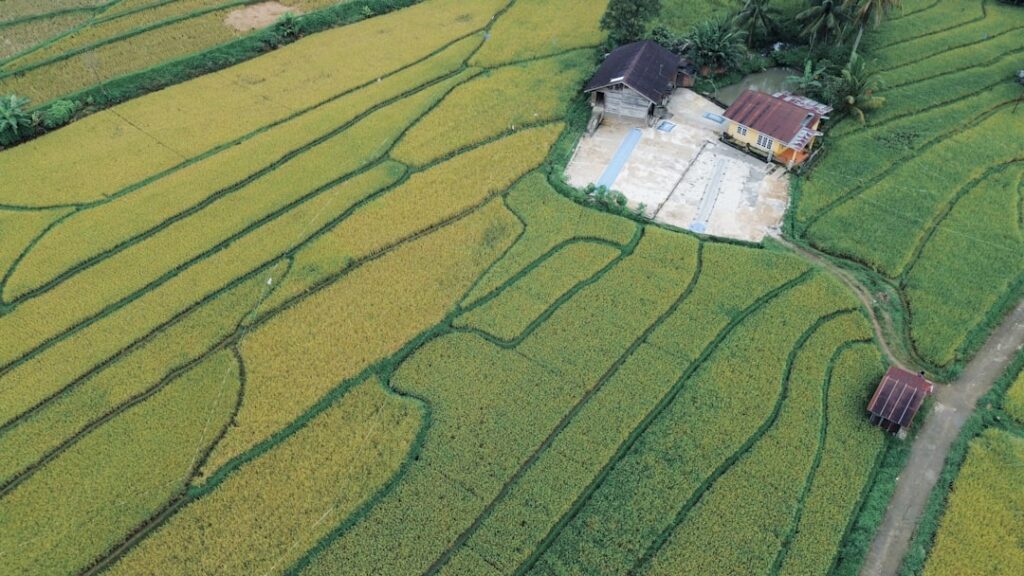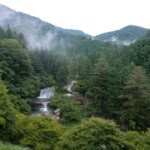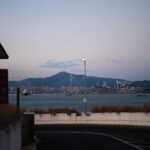Japan’s countryside hides a breathtaking secret every summer, as vast rice fields are transformed into jaw-dropping works of art called Tanbo Art. Far from mere rural novelty, these massive land canvases have become global sensations, captivating photographers, explorers, and culture lovers alike. In 2025, Tanbo Art’s vibrancy is at an all-time high, with local villages pouring heart and soul into the designs and inviting visitors to experience their rich hospitality, seasonal delicacies, and community warmth. In this article, we journey into the origins, must-visit spots, insider tips, and the passionate people breathing life into Japan’s most Instagrammable rural masterpieces.
What is Tanbo Art? Origins and History of Rice Field Masterpieces
Tanbo Art began as a creative experiment in the small village of Inakadate in Aomori Prefecture back in 1993. Looking to revitalize their rural community, locals devised a way to attract attention: intricate artworks, not on canvas, but across rice paddies themselves. By planting different varieties of rice that grow in shades of green, yellow, purple, and black, farmers collaborate to create giant images ranging from samurai and kabuki actors to anime characters and world-famous works of art. The result is awe-inspiring, especially when seen from above.
Over the years, other farming communities, including Gyoda City in Saitama Prefecture, took up the challenge, and soon Tanbo Art blossomed into a uniquely Japanese summer tradition. Today, artists, locals, and even visitors join forces to plant rice with laser-like precision, keeping this vibrant artform at the heart of rural pride and creativity.
Tanbo Art Villages to Watch in 2025: Highlights and New Creations
This year, the spotlight shines once again on Inakadate Village and Gyoda City, both unveiling ambitious new designs harnessing community collaboration and cutting-edge technology. Inakadate, often considered the spiritual home of Tanbo Art, has opted for a fusion of traditional motifs and contemporary pop icons, creating dynamic scenes visible from the village’s special viewing towers. Meanwhile, Gyoda has pushed the boundaries by utilizing drone imaging techniques, ensuring every detail—from a mythical dragon to scenes from popular anime—is picture-perfect on a gigantic scale.
Several other regional villages, including Yamagata’s Yonezawa and Niigata’s Uonuma, are rising stars in 2025’s Tanbo Art scene, with local legends and regional mascots springing to life in living color. These villages frequently hold special tours, interactive exhibitions, and workshops, making a Tanbo Art pilgrimage one of the most unforgettable rural adventures in Japan this year.
Best Spots & Seasons for Capturing Instagrammable Tanbo Art
Capturing the perfect shot of Tanbo Art is all about timing and perspective. The art is at its brightest and most photogenic between late June and early August, when the rice is lush and the design’s color contrasts are at their peak. Viewing towers, such as the Inakadate Observation Tower or Gyoda’s Sky Dome, provide unforgettable panoramas—these are the ideal spots for stunning photos.
For a truly unique experience, early morning and golden hour (just before sunset) offer magical light for photography, with the fields glowing like living tapestries. Drone photography (where permitted), or even a simple smartphone panorama, captures the vast scale that makes Tanbo Art so mesmerizing online. Don’t forget to bring a wide-angle lens, and check the local harvest festival schedules if you want to snap the fields teeming with visitors in vibrant yukata!
To make the most of your trip, plan visits around the local Tanbo Art Festivals, where you can enjoy live performances, markets, and meet artists responsible for the yearly masterpieces.
The Heartbeat of Tanbo Art: Local Communities and Their Shared Dreams
Behind every dazzling rice paddy mural lies a tight-knit community, coming together each year in a spirit of unity and celebration. Volunteers—farmers, schoolchildren, artists, retirees—plant rice by hand, following meticulous diagrams and working side-by-side. Their collaborative dedication is not just about spectacle; it’s about sustaining rural traditions, building new friendships, and sharing village pride with the world.
In communities like Inakadate, you’ll hear moving stories: high school students passing on techniques, elder farmers sharing ancestral wisdom, and townsfolk rallying to ensure the annual event is more than just a tourist draw, but a living link to the land. For many villages suffering population decline, Tanbo Art is a beacon of hope, attracting thousands of visitors and media attention every summer, revitalizing both economy and spirit.
Taste & Experience: Local Eats and Hands-on Fun at Tanbo Art Villages
No visit to a Tanbo Art village is complete without sampling its local cuisine and unique hands-on activities. Regional markets come alive during art festivals, serving up farm-fresh rice balls, mochi, local pickles, and exquisite sweets made with local produce. Many villages also offer rice planting or harvesting workshops, giving visitors a rare chance to join the artistic process—muddy feet and all.
From food stalls under colorful banners to family-run shops selling limited-edition rice wine and snacks, these villages serve up rural flavor in every sense. Community-run events, such as tea ceremonies on the edge of shimmering paddies or folk music performances beneath the summer sky, turn your art pilgrimage into a multisensory celebration.
Whether you visit in search of the perfect Instagram shot, a taste of rural authenticity, or a heartwarming community story, Japan’s 2025 Tanbo Art villages promise memories that will last a lifetime—stitched with color, kindness, and creativity.






